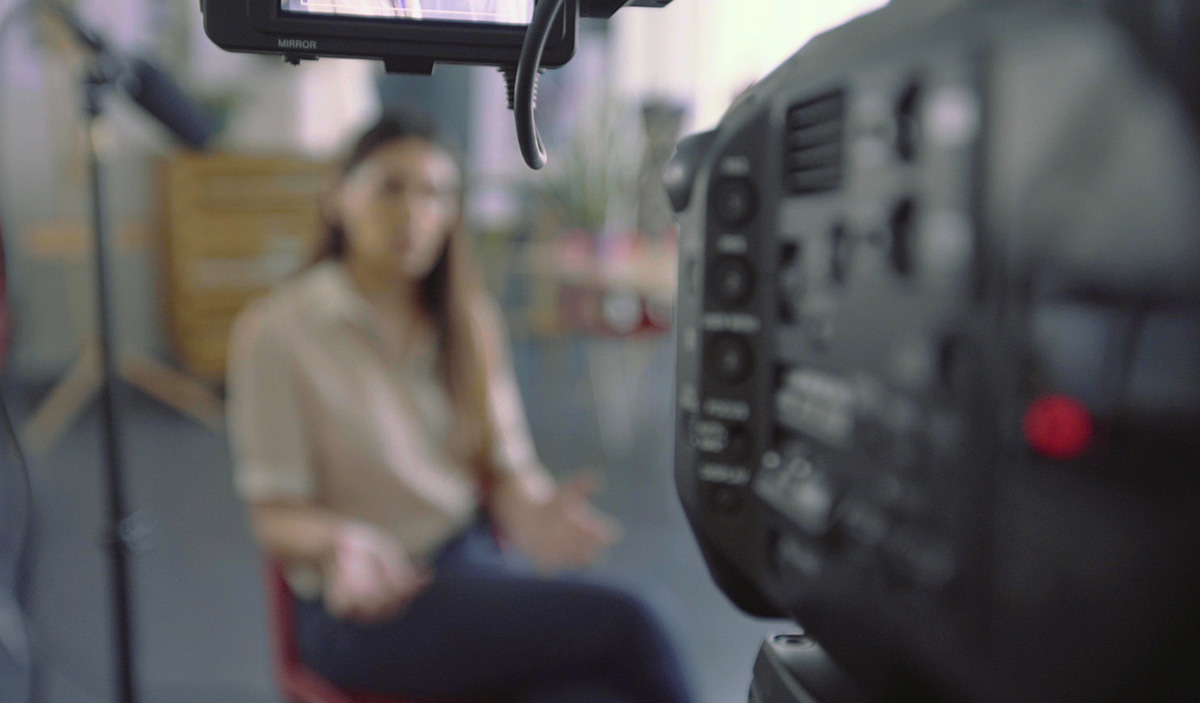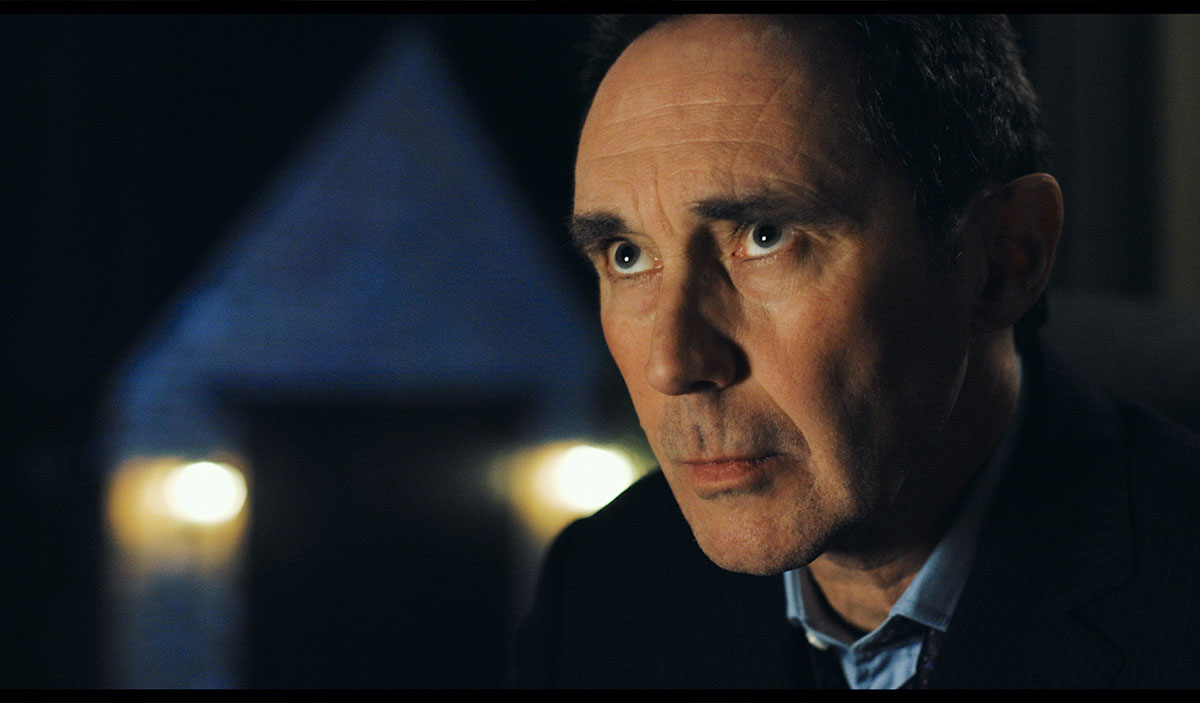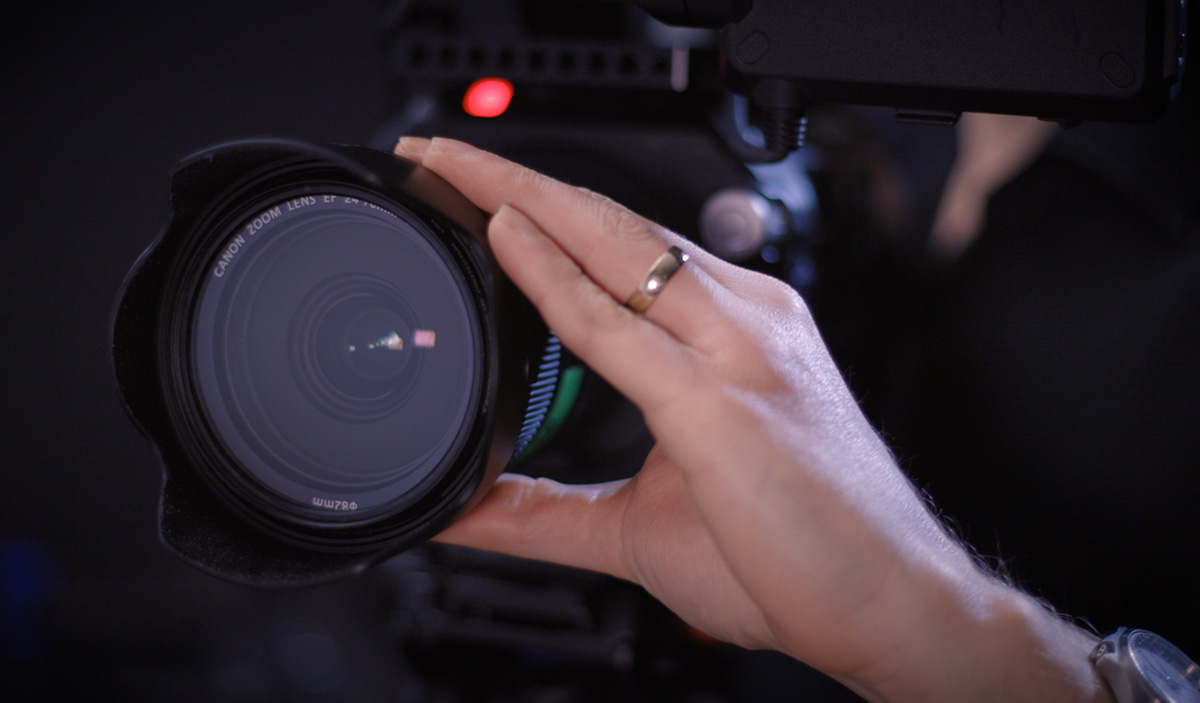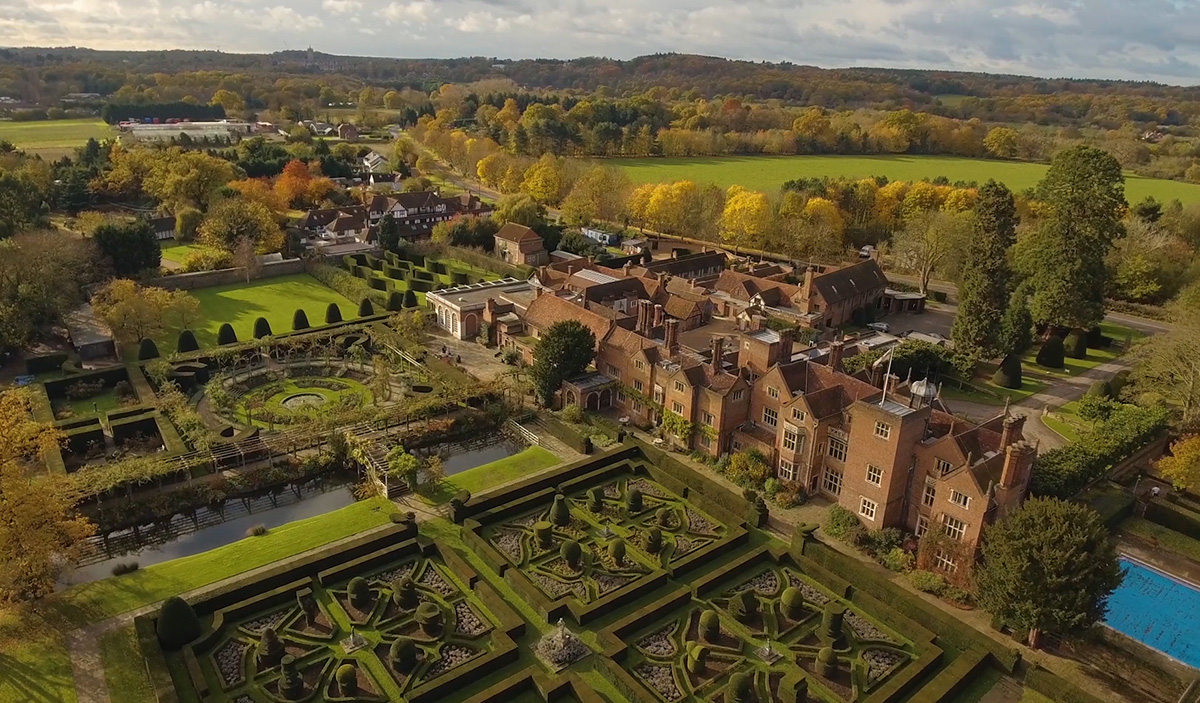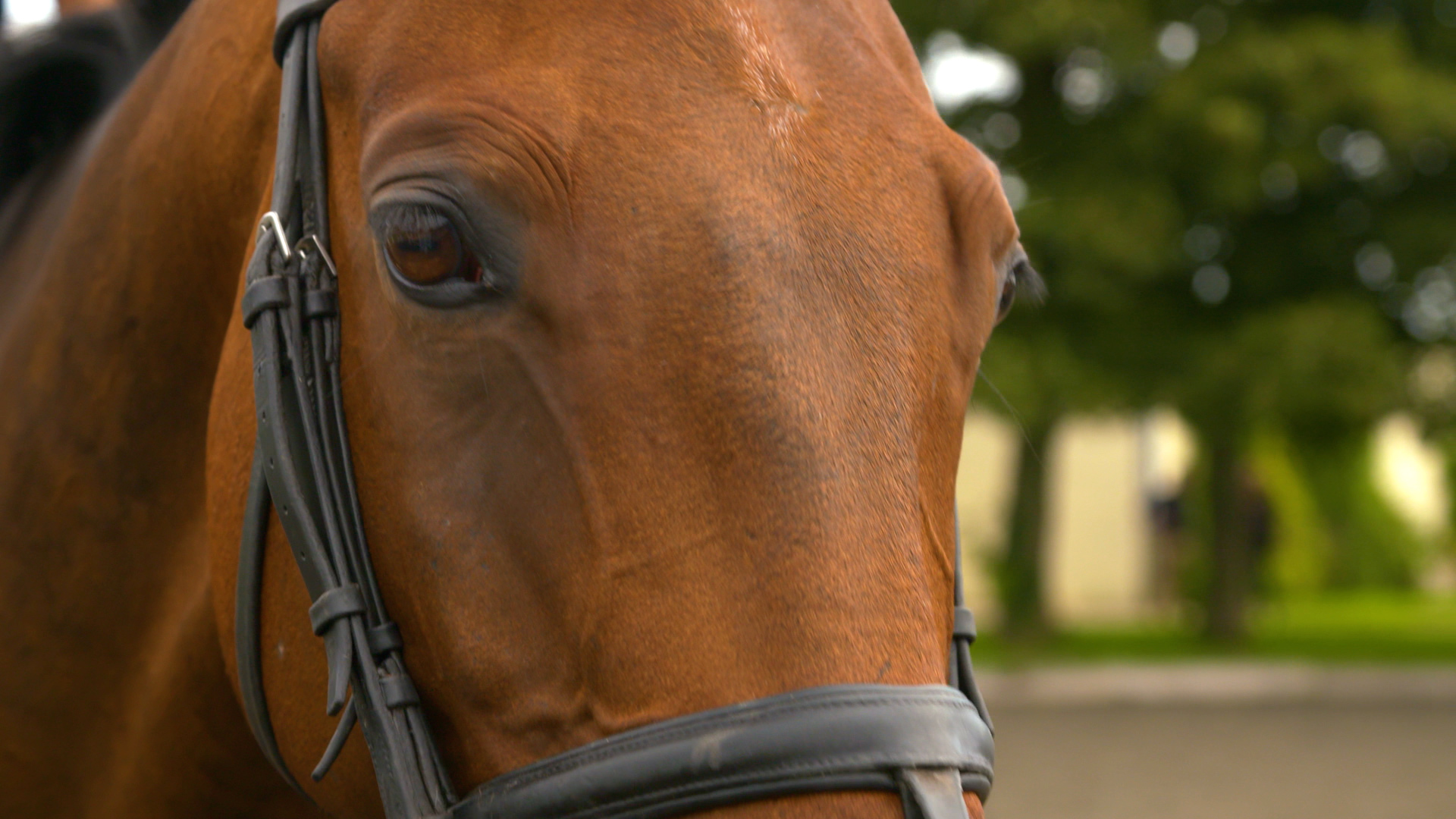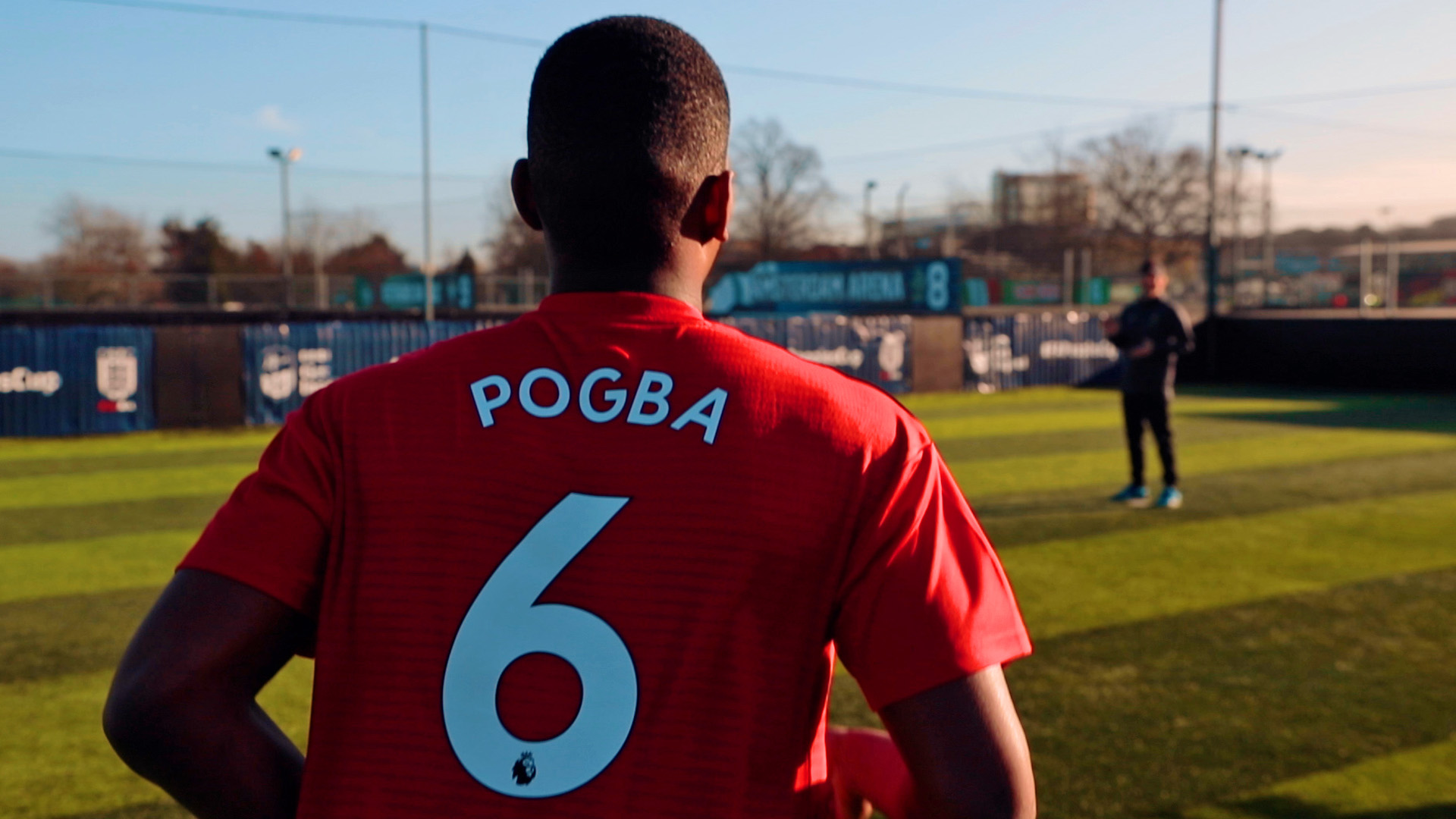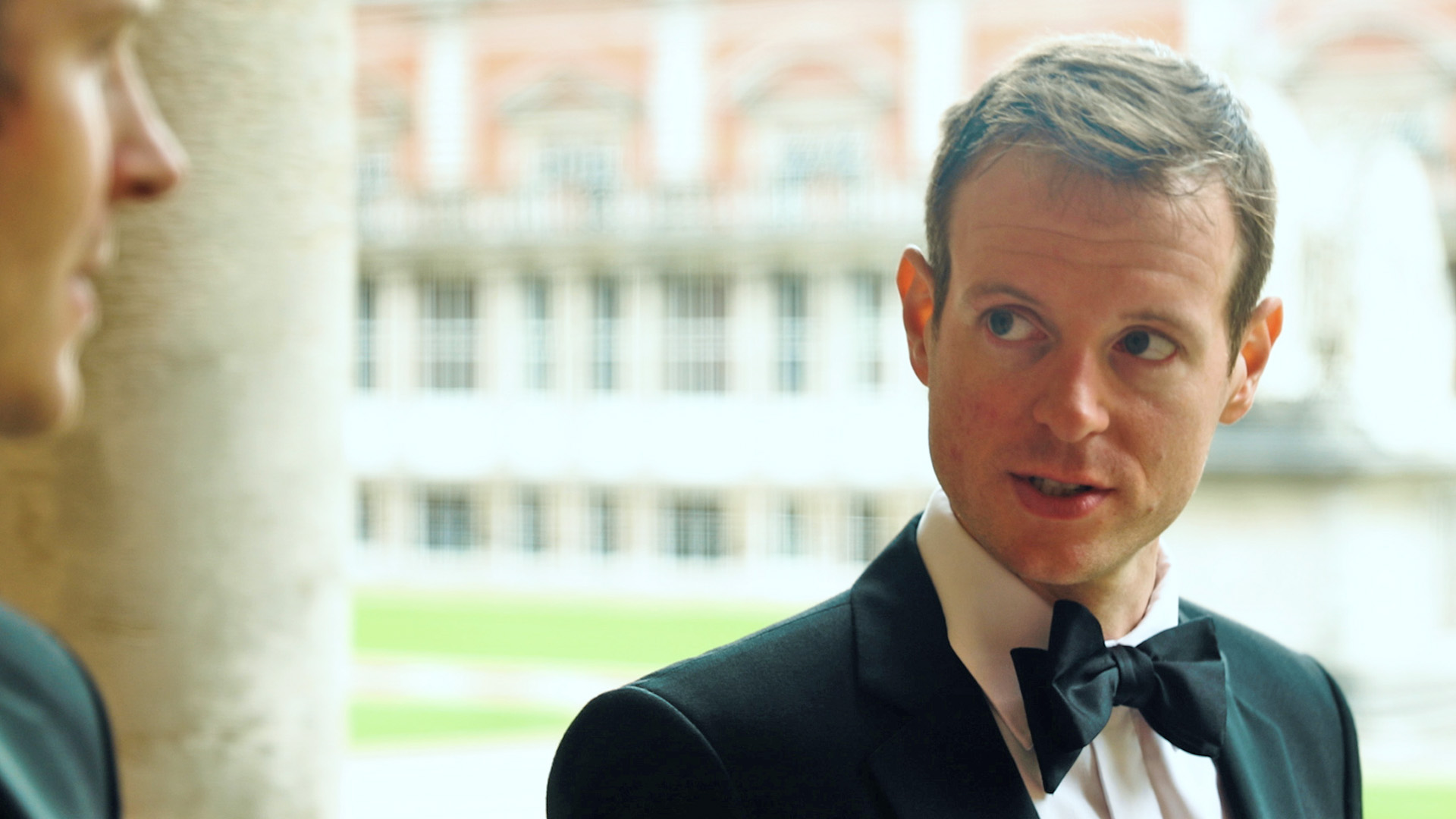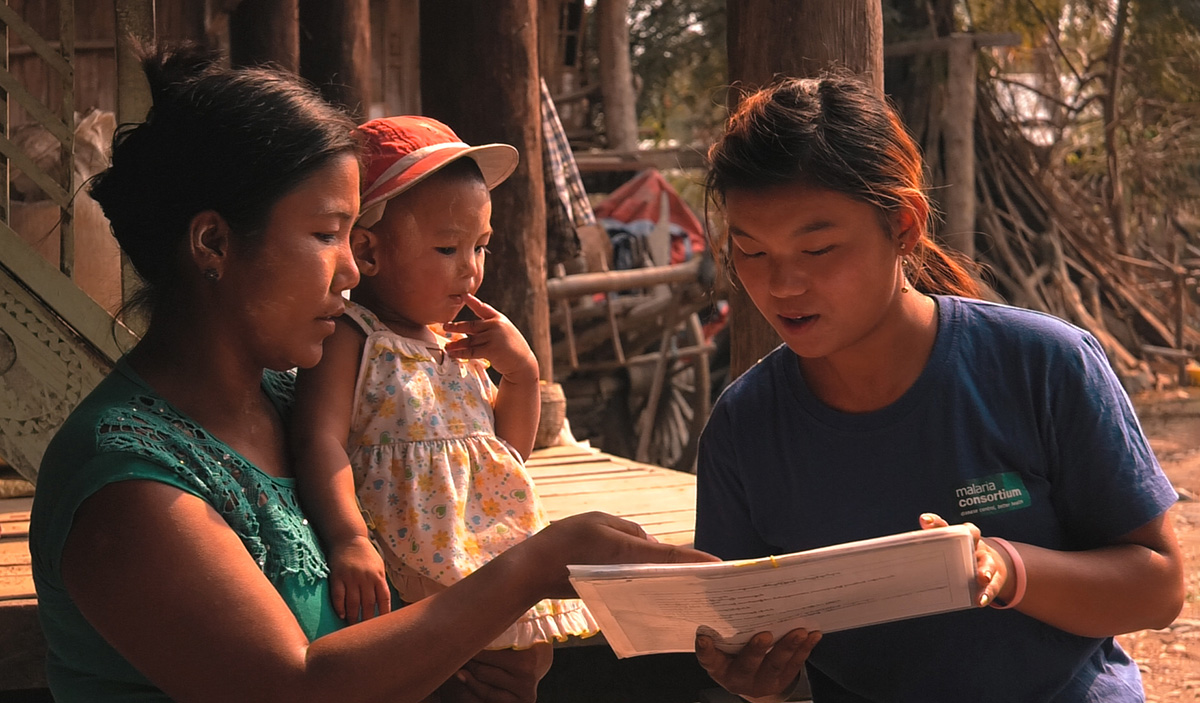We were commissioned to travel to Uganda and make this film by well-known NGO Malaria Consortium. In 2018 the Ministry of Health Uganda partnered with them to roll out an enormous nationwide mosquito net programme (the Universal Coverage Campaign for Long Lasting Insecticide Treated Nets or LLINs) to combat the country’s high levels of malaria, and Malaria Consortium needed a film that would explain, sum up and report on the project in under ten minutes.
The campaign aimed to distribute 21 million nets, with coverage of one net for every two people in a household. The nets were distributed by village health teams and local council chairpersons who registered the people per household. It was a huge operation and in total Malaria Consortium covered 110 out of Uganda’s 112 districts, ensuring 98% of the population received a LLIN.
For this film, director / cameraman Steve travelled to Uganda with a Malaria Consortium project manager and interviewer. They travelled to Kampala and then on to the local areas, where they spent a week filming everything for this film and a series of eight other smaller videos on different topics. With the equipment and crew kept very light, the shoot was done in a traditional documentary style primarily using a fixed-lens camera with a long zoom (which gave an incredible range of what could be filmed), tripod, boom mic for interviews and small lights, although most filming was done with natural light only as some of the areas had little or no power for charging batteries. When timings allowed they would occasionally film a more ‘arty’ wide shot on our gimbal-mounted B camera. This was a great example of what can be done with a very small amount of equipment and not many resources or crew.
Almost all of the footage for this film had to be filmed in a single day, to catch multiple sites distributing mosquito nets to villagers in the remote Kagadi District. The crew had to be up early to begin filming, as volunteer health workers had already registered the number of people in each household nearby and crowds were already forming from about 7am. Steve also took advantage of the beautiful early morning African sunlight for some shots of the villages waking up, with motorbikes appearing over the rust-red hills. The colour contrast in Uganda was fantastic and we didn’t have to do much to our footage when editing to get the best colours – it was almost all done in camera on the day. As the day progressed the crew moved between the sites collecting interviews and supporting shots, and filmed a fun sequence from the back of a 4×4 showing a truck with loudspeakers and dancers driving around the villages to drum up support. Once back in Kampala they collected the final interviews with sponsors such as USAID and Centers for Disease Control and Prevention to give a more global view of the program’s achievements.
This was one of those documentary projects where we actually did on-site editing, as there was so much footage to collect, back up, log, and in some cases translate, that it would have made less sense to have only begun this giant task once back in the UK edit bay. Steve therefore would do a rough edit every night on our field laptop after filming, checking what had worked and what would still be needed to tell the story and working with a local translator to create subtitles. Although exhausting this approach saved a lot of time once back home when the cut could be refined.




